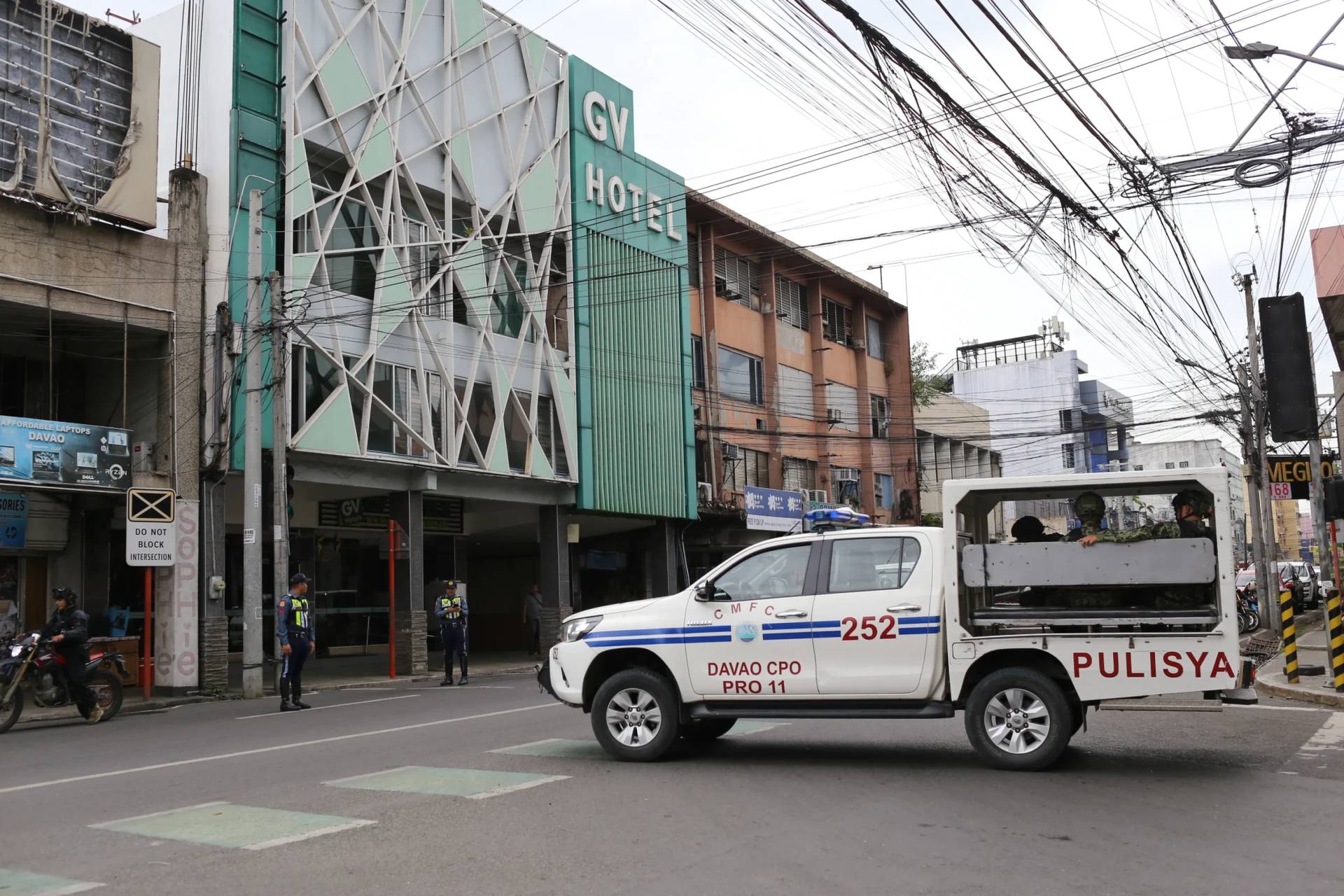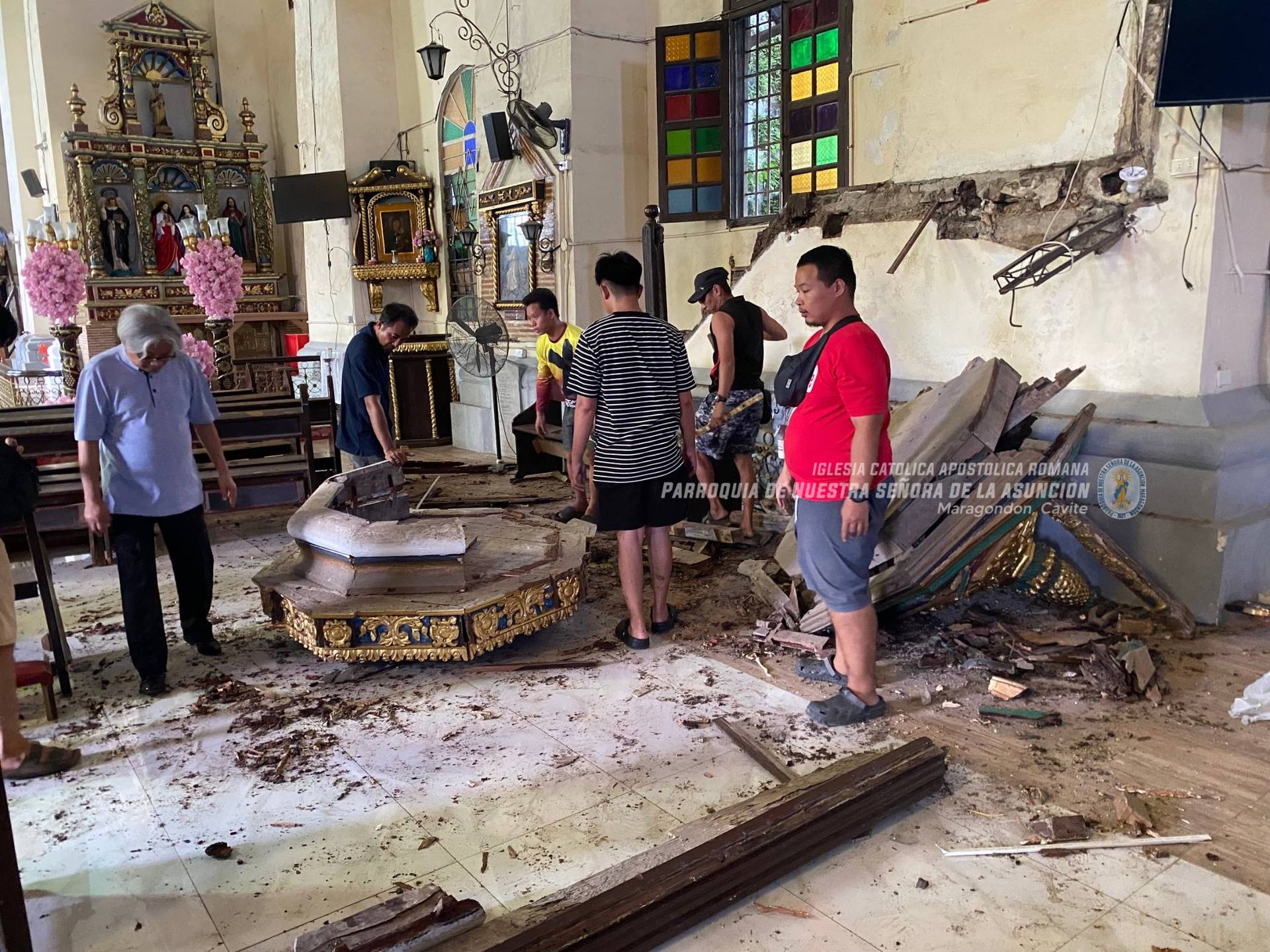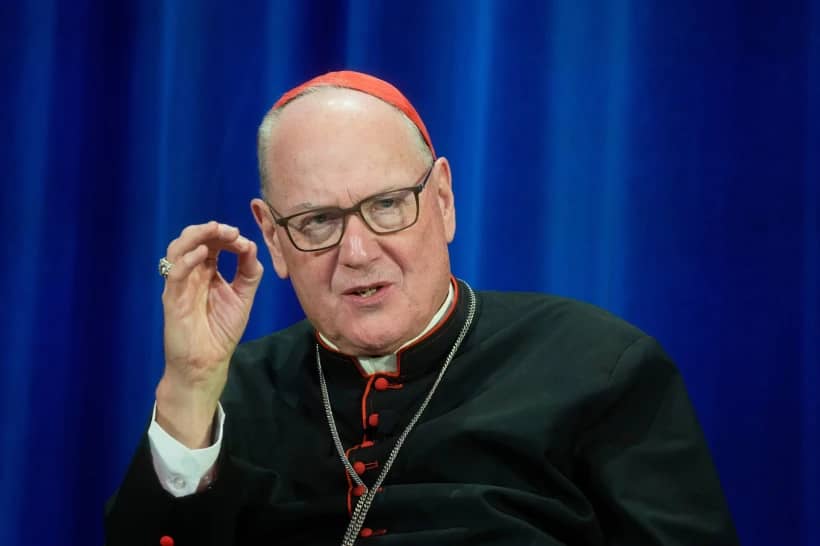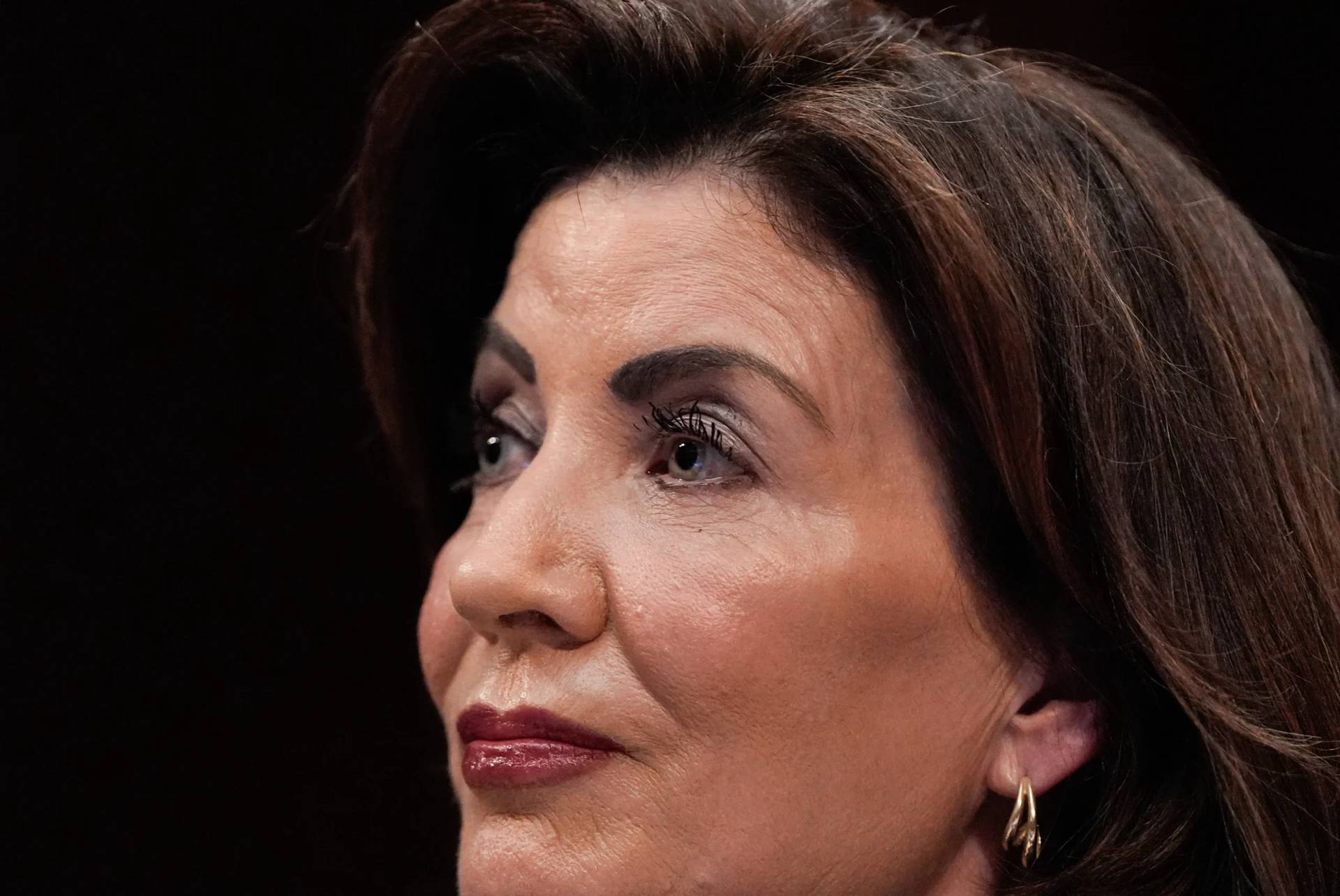Vietnam has become the latest front in one of Catholicism’s longest-running tensions, that between the charismatic and institutional dimensions of the Church, as the country’s Catholic bishops have moved to crack down on the use of popular superstition and quasi-magical practices in the liturgy.
“In reality, liturgical discipline is not respected properly in some places,” the Vietnamese bishops said in a June 12 statement signed by Archbishop Joseph Nguyen Chi Linh, president of the Catholic Bishops’ Conference of Vietnam, according to a June 14 report by UCAN.
The bishops warned that popular religious and magical practices can cause “anxiety to the faithful and disorder in faith communities,” and insisted that Church discipline and norms on the liturgy must be obeyed.
Among other things, the bishops appeared especially concerned about abuse of the Divine Mercy devotion, associated with the early 20th century Polish nun St. Faustina Kowalska and popularized under St. John Paul II.
A highly popular form of the Divine Mercy devotion in Vietnam involves “healing Masses” that draw thousands of devotees, with many claiming miraculous recoveries from various forms of illness and deformity.
In their new document, the bishops say that prayers for healing should not exclude the pursuit of medical methods to cure disease. They also insist that healing services must be led by ordained ministers, that they should not occur during the Mass and other liturgical ceremonies, and that they must not include “false witnesses, pretense, wild excitement and emotional arousal.”
Concern among church officials about popular religion, especially excesses in claims of miracles and healings, has a long history. In September 2000, it culminated in a special document from the Vatican entitled “Instruction on prayers to obtain healing from God.”
In general terms, the instruction stipulated that the ordinary rules for celebration of the Mass must not be set aside in order to accommodate healings and exorcisms; that extra-liturgical healing services must have the approval of the bishop; and that charismatic individuals said to have a “gift” of healing must not supplant the sacraments as the basic way grace is distributed.
While the conflict between charismatic and institutional authority can flare up anywhere, it tends to be especially common in the developing world where belief in the supernatural, including miracles, is more intense.
According to Pew Forum data, while just 29 percent of Americans report that they have witnessed divine healings, 56 percent of Guatemalans, 71 percent of Kenyans, 62 percent of Nigerians and 44 percent of Indians claim to have done so. While the “charismatic movement” may be a niche in the global north, experts say that across most of the south it’s more or less the de facto orthodoxy.
The new statement from the Vietnamese bishops appears to be the result of tensions that have been building for some time.
In April, Bishop Joseph Do Manh Hung, the apostolic administrator of Ho Chi Minh City Archdiocese, admonished a popular local priest named Father Joseph Tran Dinh Long not to allow devotees to deliver their testimonies of healings and other alleged miracles from the pulpit during Mass, a practice that Long has employed at the city’s Tin Mung Mission Station for over a decade.
According to the UCAN report, Long celebrates daily Divine Mercy celebrations that attract thousands of people to the mission station, regardless of their religious faith.
Long was also banned from putting his hands on patients’ heads as part of a plea for the healing of illnesses, on the grounds that it could create “misunderstanding about healing among Divine Mercy devotees.”
On other points, the Vietnamese bishops also warned of what they see as a rise in popular reliance on practices such a divination, meaning foretelling the future, and the “black arts,” usually referring to placing curses on perceived enemies or rivals.
The bishops called on Catholics in Vietnam to embrace their new directives so that “our pious acts really show our hunger for God, bring peace to our souls, maintain unity within the Church and become evangelization instruments.”
Vietnam is hardly the only country in the developing world where local bishops have struggled to police the border between religious faith and magic.
In August 2006, for example, the Catholic bishops of Southern Africa, which includes South Africa, Swaziland and Botswana, issued a pastoral letter warning their priests not to moonlight as witch doctors and fortune tellers. Many in Southern Africa turn to sangomas, or traditional healers, to cure illness, ward off evil spirits and even improve their sex lives, and some priests apparently have grafted that role onto their other pastoral tasks.
Michael Katola, a lecturer in pastoral theology at the University of East Africa in Kenya, has argued that the Catholic Church should engage the spiritual instincts behind such practices rather than brushing them off.
“It is important for the Church to understand the fears of the people, and not to attribute them to superstition,” Katola said. “Witchcraft is a reality; it is not a superstition. If we don’t believe in the existence of witchcraft as Satanism, then we cannot deal with it.”
Crux is dedicated to smart, wired and independent reporting on the Vatican and worldwide Catholic Church. That kind of reporting doesn’t come cheap, and we need your support. You can help Crux by giving a small amount monthly, or with a onetime gift. Please remember, Crux is a for-profit organization, so contributions are not tax-deductible.
















